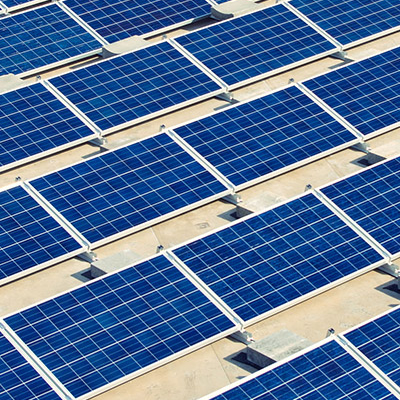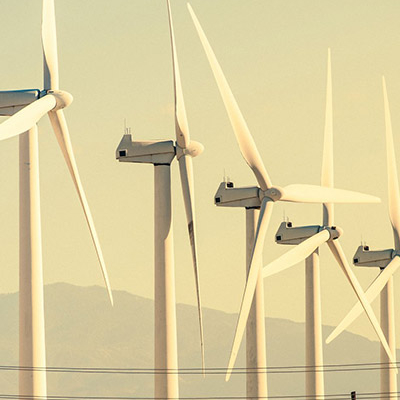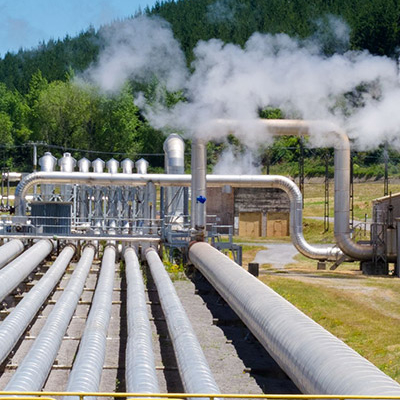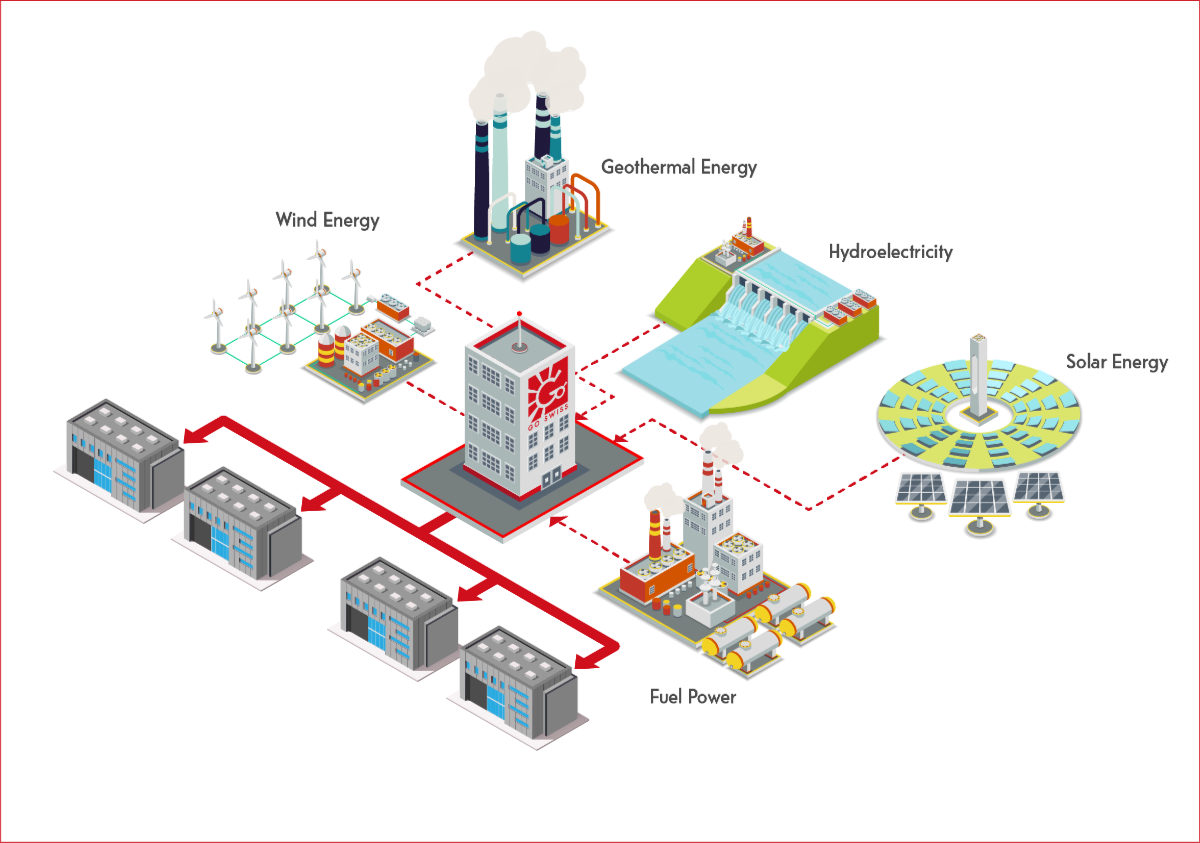CHOOSING GO SWISS HAS ADVANTAGES
- GO SWISS focus on the customer
- GO SWISS excellent accuracy and education of our employees
- GO SWISS excellent business organization



Baarerstrasse, 59
Zugo

Churchill Place , 30
London

Avenue De France, 198
Parigi

Oscar – von- Miller-Ring 20
Monaco

Via San Marco 21
Milano

Calle Eloy Gonzalo 27
Madrid

Strawinskylaan 4117
Amsterdam

Rue du Commerce 31
Brussels
The use of renewable energy resources have had a long tradition in Switzerland, thanks to its distinctive and almost unique geographical features.
Hydropower has been a significant source of energy in the country since the 1800s, but in recent times Switzerland has increasingly invested in the development of modern, more efficient power generators such as solar, wind, biomass, and geothermal plants.
Today, renewables are the largest source of energy production in Switzerland, representing around 60% of all energy produced in the country. For this reason, the clean energy market has become a key pillar of Switzerland’s power sector, showing at the same time substantial potential for growth in the heating and transport sectors, where only 22% of the energy comes from renewable sources.
It should suffice to say that if all existing buildings were to be optimized for energy efficiency, the heating requirements of all Switzerland’s households could be met through the use of solar collectors.

Up until the 1970s, hydropower accounted for 90% of domestic electricity production in Switzerland. Following the commissioning of nuclear power plants, however, the total amount of energy from hydropower plants has progressively decreased and has now settled at around 57%. Today, Switzerland’s 650 hydropower plants produce around 36327 GWh of electricity for a market worth around 1.8 billion Swiss francs.
Thanks to Switzerland’s Energy Strategy 2050, the Confederation aims to increase the average annual production of electricity from hydropower plants to 28600 GWh by 2050, with an intermediate goal of 37400 GWh to be achieved in 2035.
Tradition and innovation thus combine to create a more sustainable market, which has never ceased to provide important opportunities for energy companies.

The Sun is our main source of energy. Thanks to the available technologies, this energy can be effectively converted into electricity and heat.
The potential of solar power is remarkable: by 2050, around 20% of Switzerland’s total energy requirements might be met through photovoltaic plants.
Even more impressive is the increasing deployment of solar thermal collectors. Thanks to a programme aimed at the improvement of energy efficiency in residential buildings, the energy requirements of all Switzerland’s households might soon be met through the use of solar collectors.

Today, more than 30 wind power facilities operate in Switzerland, producing a combined total of around 85 GWh of electricity per annum.
The growth potential for wind power plants in Switzerland is therefore even more apparent than for other energy facilities. By 2030, it might be possible for wind power facilities to produce up to 600 GWh of electricity per annum.

Switzerland isn’t currently producing electricity from geothermal sources, although deep geothermal systems are being used to supply heat to residential buildings. For this reason, a guarantee fund was created to support companies investing in geothermal energy projects, so as to reduce the risks associated with exploration.
The aim is that, by 2030, around a dozen plants will be operating to produce a combined total of electricity amounting to around 800 GWh. When we consider the advantages of this inexhaustible, entirely CO2-free energy source, however, its enormous potential becomes even more apparent.
